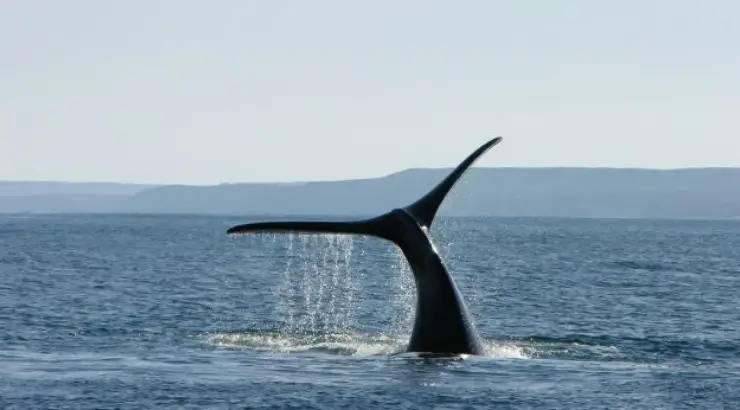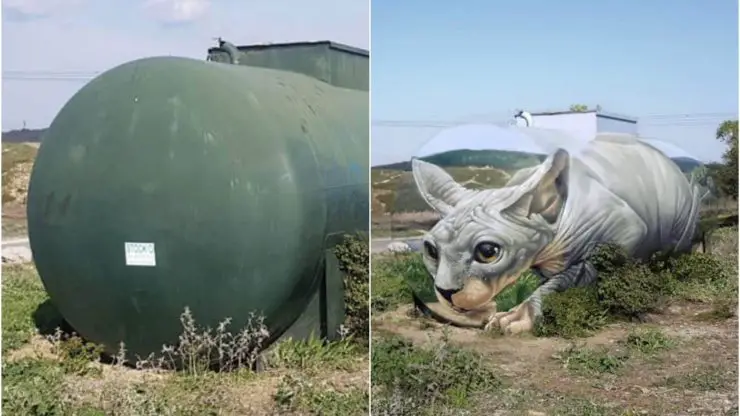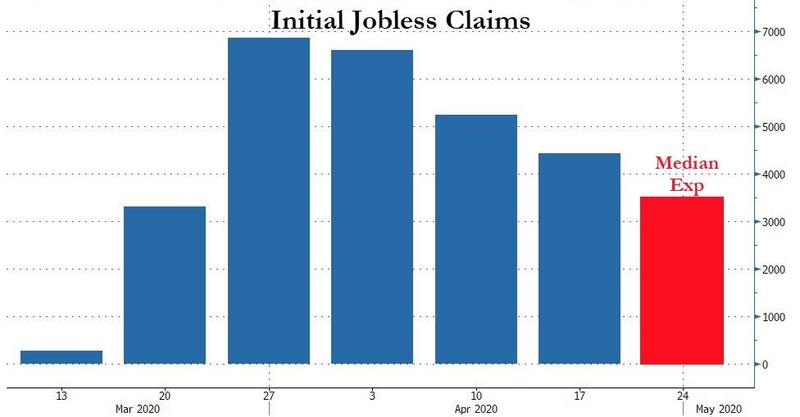Over 150,000 pounds of produce and 43,500 gallons of milk is expected to be donated during the first week
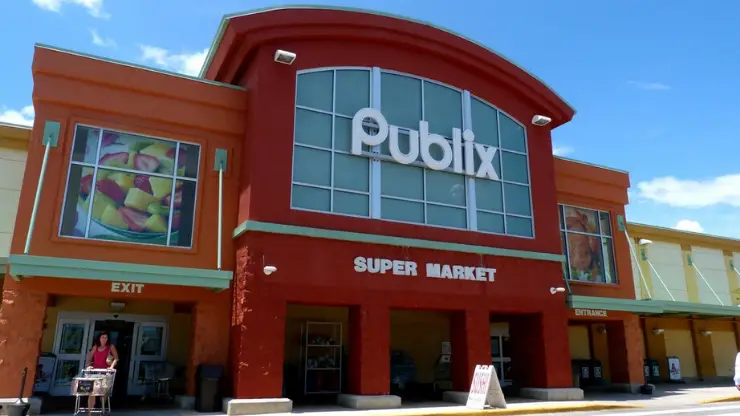
Photo credit: Rusty Clark, Flickr
(TMU) — As the coronavirus pandemic continues to do damage to the United States economy, an increasing amount of working-poor and middle-class families are being pushed to the brink of poverty and food insecurity.
However, the problem has also extended to farmers, who have resorted to dumping produce and milk to cope with a crisis of falling prices and overproduction that could ruin their ability to remain economically viable.
To help cope with the spiraling crisis, employee-owned U.S. supermarket chain Publix has pledged to begin buying fresh fruit, vegetables, and milk from farmers and donating it directly to the food banks of Feeding America, a nonprofit organization devoted to relieving hunger in the United States.
The initiative will primarily benefit produce farmers in Florida, dairy farmers in the southeast, and an ever-growing number of families relying on charities like Feeding America to fill their pantries as jobless claims top 24 million as of this week.
Publix expects that over 150,000 pounds of produce and 43,500 gallons of milk will be donated during the first week of the program, which is expected to continue for several weeks.
Publix CEO Todd Jones said in a press release:
“As a food retailer, we have the unique opportunity to bridge the gap between the needs of families and farmers impacted by the coronavirus pandemic.
“In this time of uncertainty, we are grateful to be able to help Florida’s produce farmers, southeastern dairies and families in our communities.”
Due to school closures and a virtual freeze in the hospitality and restaurant industries in the wake of COVID-19 outbreaks and the resulting state orders to maintain physical distancing and safer-at-home rules, farmers have faced a ruinous situation that could do long-term damage to U.S. agriculture.
However, Publix hopes that its latest initiative can offer some help to both agriculture producers and local food bank partners in the region.
Pero Family Farms Food Co. CEO Peter F. Pero IV said:
“Like so many others right now, Florida farmers are in a time of need. We are humbled Publix is purchasing additional fresh vegetables from us and other local farms to donate to food banks.”
“Thank you to Publix, the participating food banks and their volunteers for making this initiative possible for those less fortunate while supporting local farms.”
The initiative comes just as Feeding America released new reports warning that the ongoing pandemic could raise the amount of food-insecure Americans to unprecedented heights.
According to the report titled The Impact of the Coronavirus on Child Food Insecurity, the number of food-insecure children could swell to 18 million—a highest-ever total since the USDA began measuring food security 25 years ago. The current record is 17.2 million in 2009 during the peak of the Great Recession.
A separate fact-sheet, The Impact of the Coronavirus on Food Insecurity, also warns that in a worst-case scenario stemming from the pandemic, the number of food-insecure individuals could rise by 17.1 million—which, in turn, can lead to people facing a higher risk of experiencing severe illness and of contracting COVID-19.
However, Publix hopes that its donations totaling $2 million to support Feeding America can help do some good in helping to alleviate hunger in poor communities.
Publix’s Jones said:
“In addition to providing much needed produce and milk to food banks, this initiative provides financial support to farmers during this challenging time.
“We’re honored to be able to work with these groups and do good together for our communities.”
By Elias Marat | Creative Commons | TheMindUnleashed.com
However, the problem has also extended to farmers, who have resorted to dumping produce and milk to cope with a crisis of falling prices and overproduction that could ruin their ability to remain economically viable.
To help cope with the spiraling crisis, employee-owned U.S. supermarket chain Publix has pledged to begin buying fresh fruit, vegetables, and milk from farmers and donating it directly to the food banks of Feeding America, a nonprofit organization devoted to relieving hunger in the United States.
The initiative will primarily benefit produce farmers in Florida, dairy farmers in the southeast, and an ever-growing number of families relying on charities like Feeding America to fill their pantries as jobless claims top 24 million as of this week.
Publix expects that over 150,000 pounds of produce and 43,500 gallons of milk will be donated during the first week of the program, which is expected to continue for several weeks.
Publix CEO Todd Jones said in a press release:
“As a food retailer, we have the unique opportunity to bridge the gap between the needs of families and farmers impacted by the coronavirus pandemic.
“In this time of uncertainty, we are grateful to be able to help Florida’s produce farmers, southeastern dairies and families in our communities.”
Due to school closures and a virtual freeze in the hospitality and restaurant industries in the wake of COVID-19 outbreaks and the resulting state orders to maintain physical distancing and safer-at-home rules, farmers have faced a ruinous situation that could do long-term damage to U.S. agriculture.
However, Publix hopes that its latest initiative can offer some help to both agriculture producers and local food bank partners in the region.
Pero Family Farms Food Co. CEO Peter F. Pero IV said:
“Like so many others right now, Florida farmers are in a time of need. We are humbled Publix is purchasing additional fresh vegetables from us and other local farms to donate to food banks.”
“Thank you to Publix, the participating food banks and their volunteers for making this initiative possible for those less fortunate while supporting local farms.”
The initiative comes just as Feeding America released new reports warning that the ongoing pandemic could raise the amount of food-insecure Americans to unprecedented heights.
According to the report titled The Impact of the Coronavirus on Child Food Insecurity, the number of food-insecure children could swell to 18 million—a highest-ever total since the USDA began measuring food security 25 years ago. The current record is 17.2 million in 2009 during the peak of the Great Recession.
A separate fact-sheet, The Impact of the Coronavirus on Food Insecurity, also warns that in a worst-case scenario stemming from the pandemic, the number of food-insecure individuals could rise by 17.1 million—which, in turn, can lead to people facing a higher risk of experiencing severe illness and of contracting COVID-19.
However, Publix hopes that its donations totaling $2 million to support Feeding America can help do some good in helping to alleviate hunger in poor communities.
Publix’s Jones said:
“In addition to providing much needed produce and milk to food banks, this initiative provides financial support to farmers during this challenging time.
“We’re honored to be able to work with these groups and do good together for our communities.”
By Elias Marat | Creative Commons | TheMindUnleashed.com
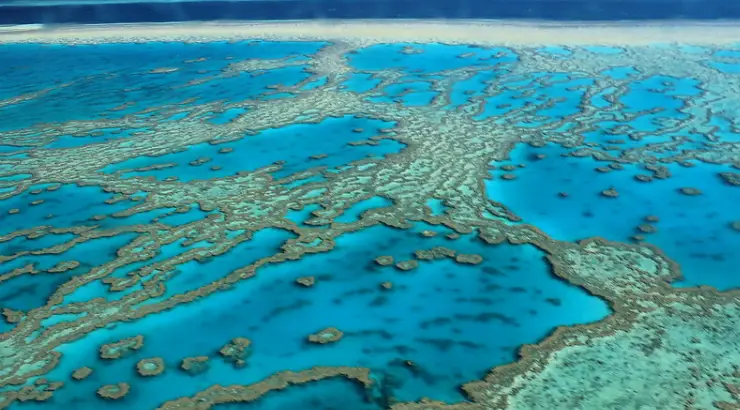





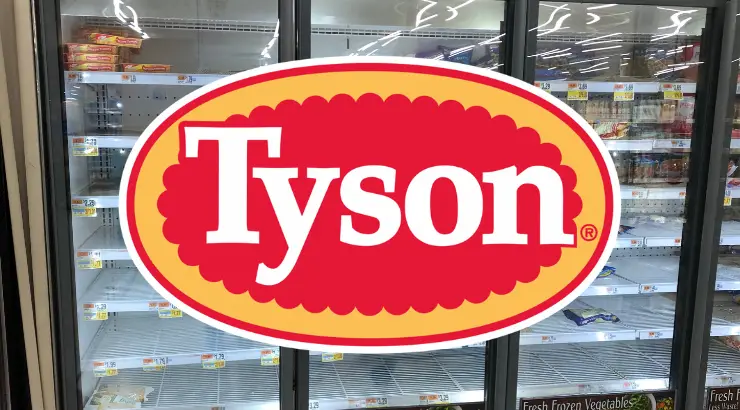
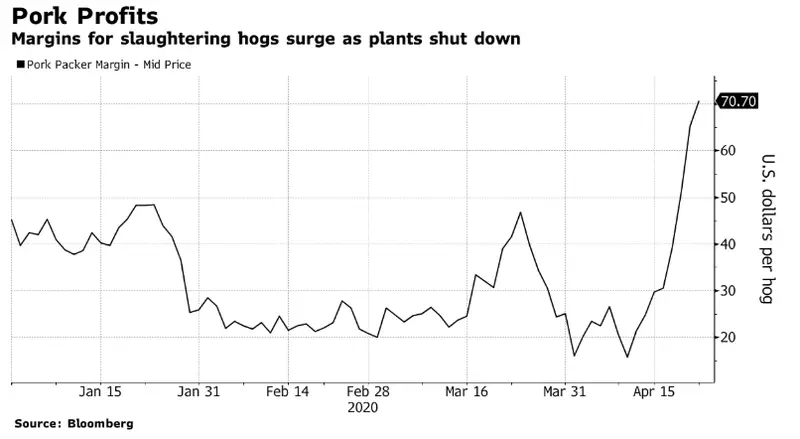
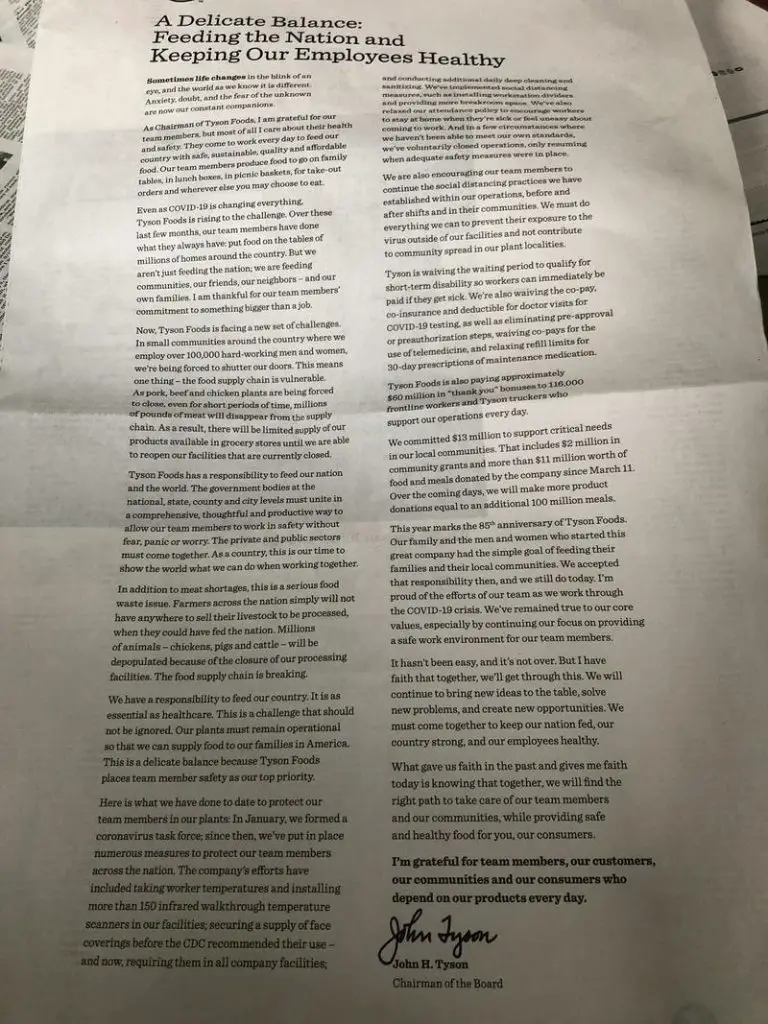
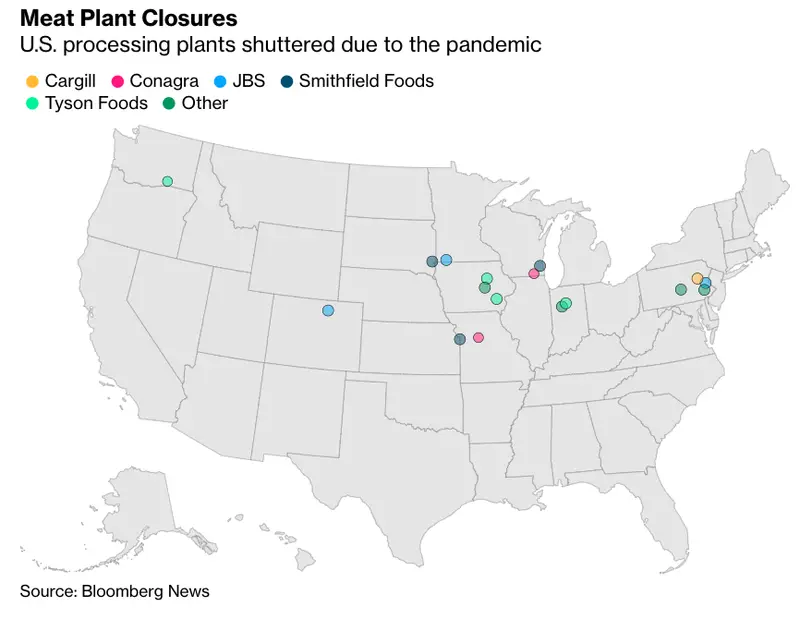



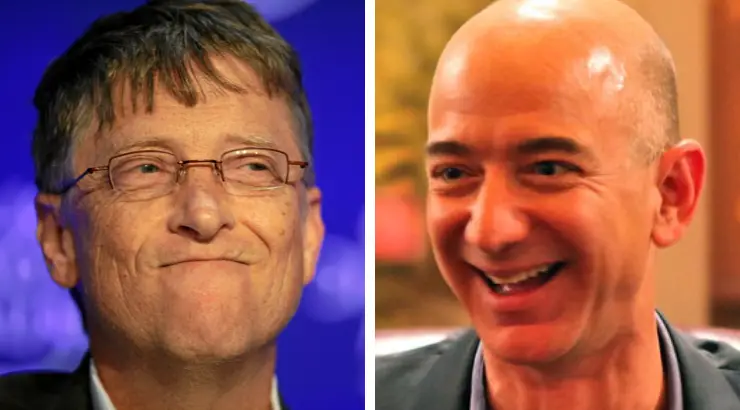





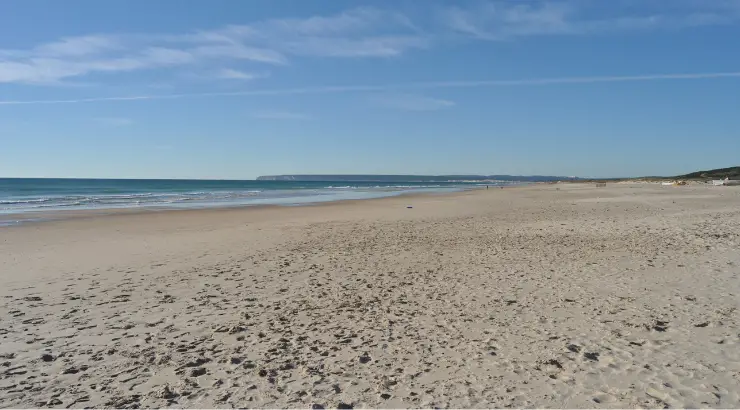


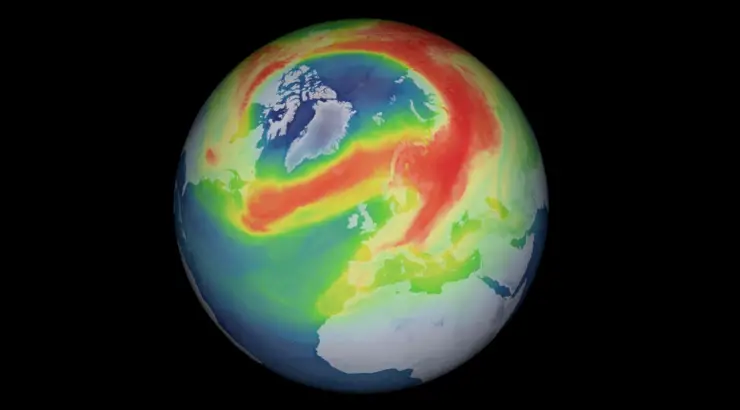






 Spanish Beach Sprayed With Bleach, Causing “Brutal Damage” to Local Animals
Spanish Beach Sprayed With Bleach, Causing “Brutal Damage” to Local Animals US Military Attacks Hit All-Time High in Somalia as Coronavirus Pandemic Continues
US Military Attacks Hit All-Time High in Somalia as Coronavirus Pandemic Continues